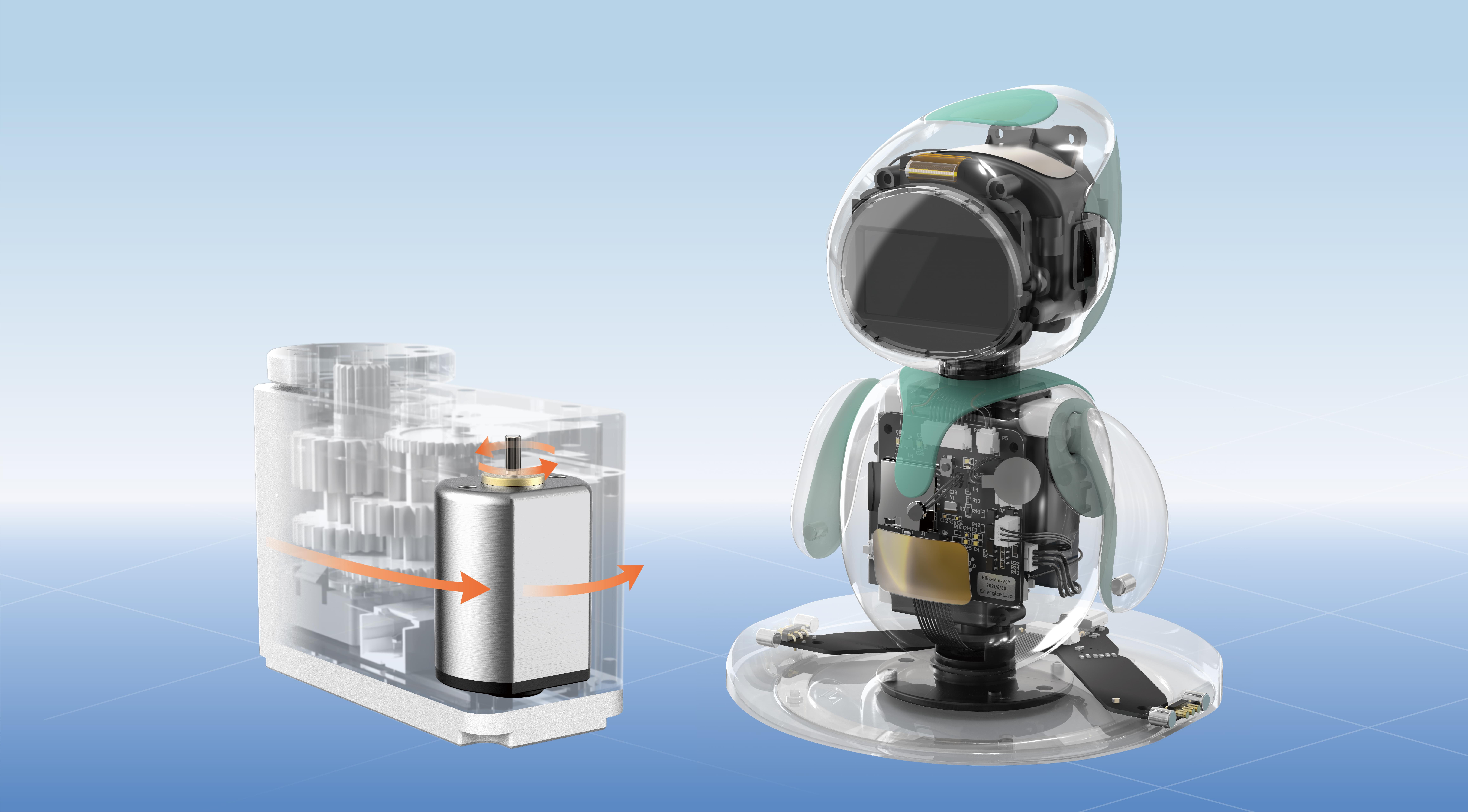Ever wrestled with choosing the right size OCP for motors in servo systems? It’s a question that comes up a lot in the hobbyist scene and professional setups alike. The OCP, or Overcurrent Protection, isn’t just some electrical insurance—it's a vital gear that keeps your servo motor safe from overloading and potential damage. But how do you pick the perfect size? Let’s dive into this puzzle, shall we?

First off, think about the motor’s rated current — the current it’s designed to handle during steady operation. For most servo motors, that’s your starting point. If your servo is rated at, say, 15 amps, setting an OCP slightly above that—like 20 amps—can be a good buffer. Why? Because motors sometimes draw more current during sudden starts or heavy loads, and you don't want to trip the OCP prematurely.
But then, there’s also the load profile. If your servo is pushing heavy loads consistently or undergoing rapid accelerations, bumping the OCP a bit higher might be wise; you’re protecting against those momentary surges that can happen during demanding tasks. On the flip side, if your setup is more delicate or precision-oriented, a tighter OCP—closer to the rated current—could prevent unnecessary interruptions, keeping everything running smoothly.
What if you’re wondering about the risk of setting the OCP too high? Well, imagine this: if your OCP is set way above your motor's safe limit, you’re basically inviting potential damage. Overcurrent can cause heat buildup, degrade insulation, and in the worst case, burn out the coil. Conversely, setting it too low might cause false trips, halting operations just when you’re in the middle of something exciting.
A common scenario? Some folks have a 10-amp servo motor and opt for an OCP around 12 to 15 amps. It’s like giving a little slack but always respecting the motor’s limits. How precise should you be? The trick lies in the load conditions—if you’re running a robot arm that occasionally hits high loads, err on the higher side. For more sensitive applications, lean closer to the rated current.
And let’s not forget about the protection type—fast trip vs. slow trip. A fast trip disconnects quickly, ideal for sensitive systems. Slow trip can handle brief overloads, giving your motor a moment to recover, which might be more suited for applications with sporadic bursts.
Thinking about your own system? Sometimes it’s just trial and error—adjust the OCP a little each time, monitor the temperature and performance, and find that sweet spot. Over time, you’ll get a real feel for what works best, and your motors will thank you for it.
In the end, the right OCP size isn’t about some universal number; it’s about matching your servo's personality with your operational needs. It’s about understanding the load, the motor specs, and how much cushion you want. And yep, sometimes pushing a little above the rating isn’t a bad idea—just keep an eye on those heat levels. Good protection means knowing your gear and respecting what it can handle. Keep that in mind and you'll never go wrong.
Established in 2005, Kpower has been dedicated to a professional compact motion unit manufacturer, headquartered in Dongguan, Guangdong Province, China. Leveraging innovations in modular drive technology, Kpower integrates high-performance motors, precision reducers, and multi-protocol control systems to provide efficient and customized smart drive system solutions. Kpower has delivered professional drive system solutions to over 500 enterprise clients globally with products covering various fields such as Smart Home Systems, Automatic Electronics, Robotics, Precision Agriculture, Drones, and Industrial Automation.




































